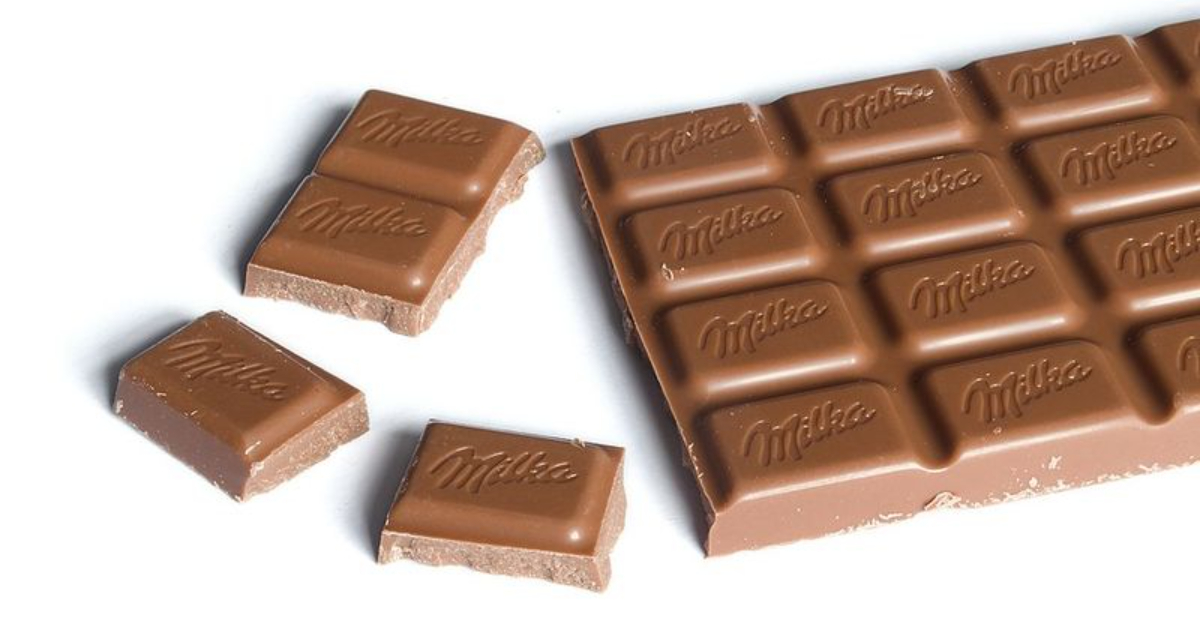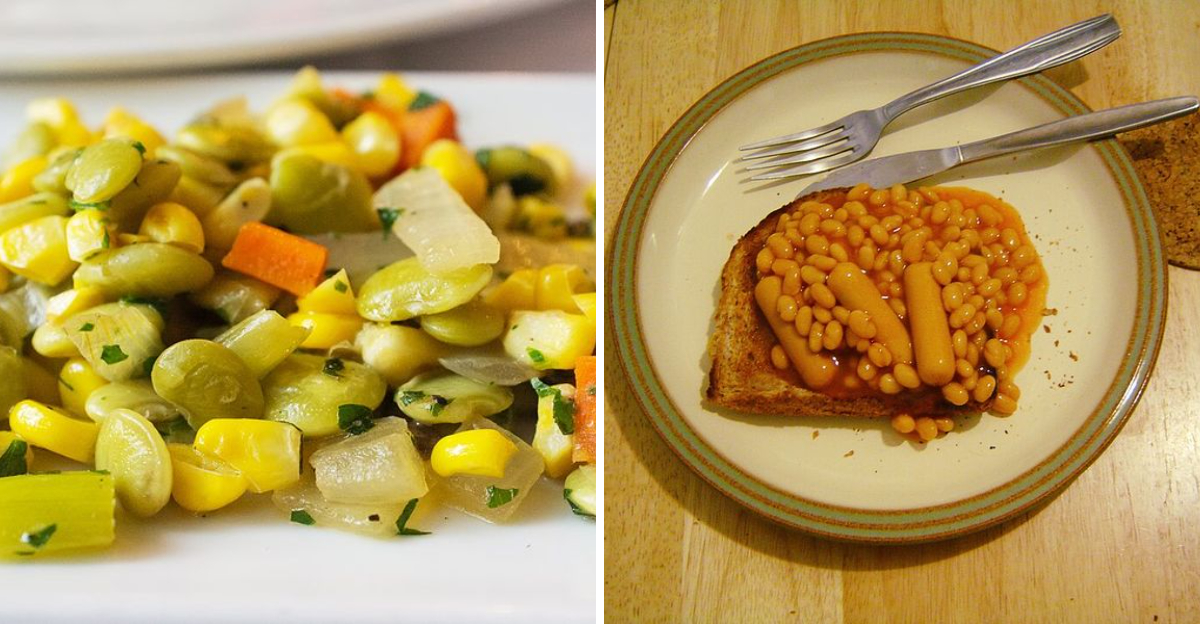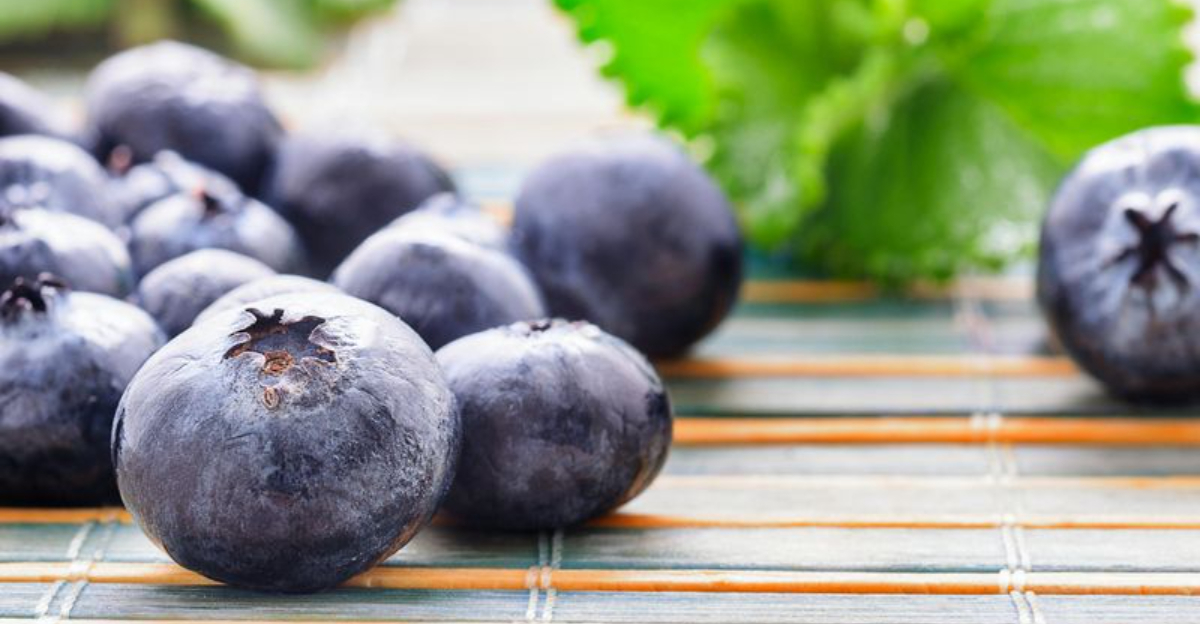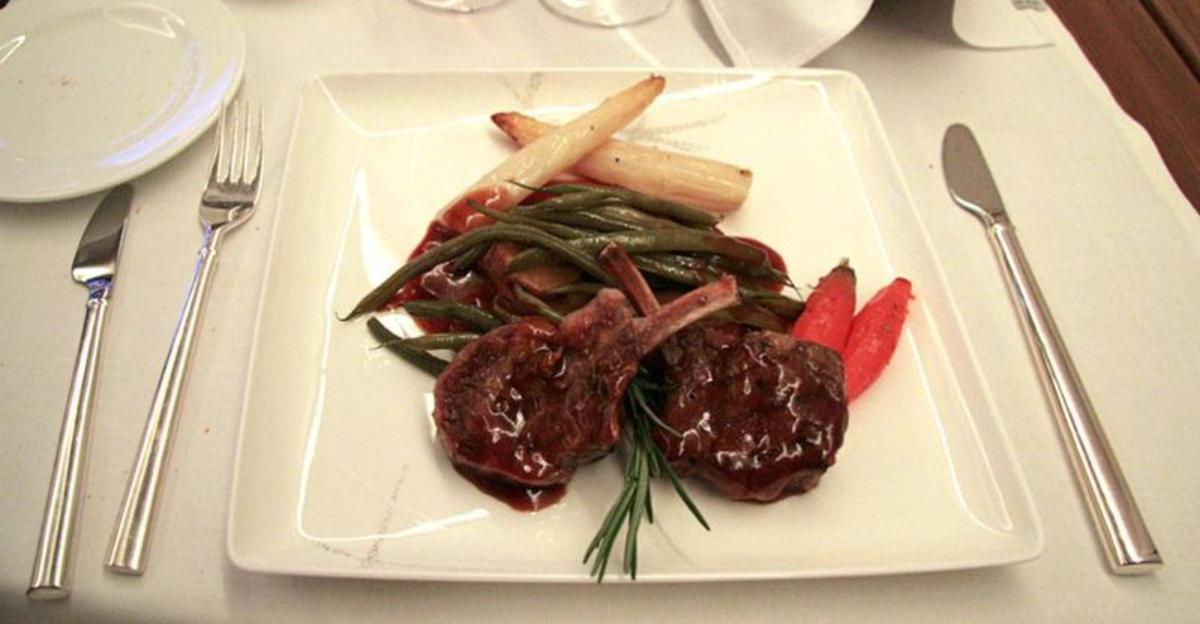10 Foods That Were Banned After Being 1970s Kitchen Staples
Grandparents remember gravy boats and casserole nights, yet not every pantry staple of the 1970s holds up under today’s safety lens.
As food science advanced, regulators took a closer look at certain ingredients, production methods, and storage practices. Some color additives fell out of favor, a few imported meats raised red flags, and handling rules for dairy and eggs became much stricter.
Home canning guidelines were updated to prevent spoilage, and labels began spelling out what was really inside those bright boxes and cans. What once felt normal started to look risky after better research and clearer standards.
The result is a shorter, safer list of what belongs on modern shelves, and a reminder that taste, tradition, and health can all share the same table when knowledge improves.
This content is for general informational and educational purposes only and reflects publicly available food-safety and historical information at the time of writing. It is not intended as professional medical, dietary, or legal advice. Regulations and food-safety standards may vary by region and may have changed since these bans were enacted. Mentions of specific foods, historical practices, or ingredients are for educational context only and do not imply endorsement by the author or publisher.
Raw Milk
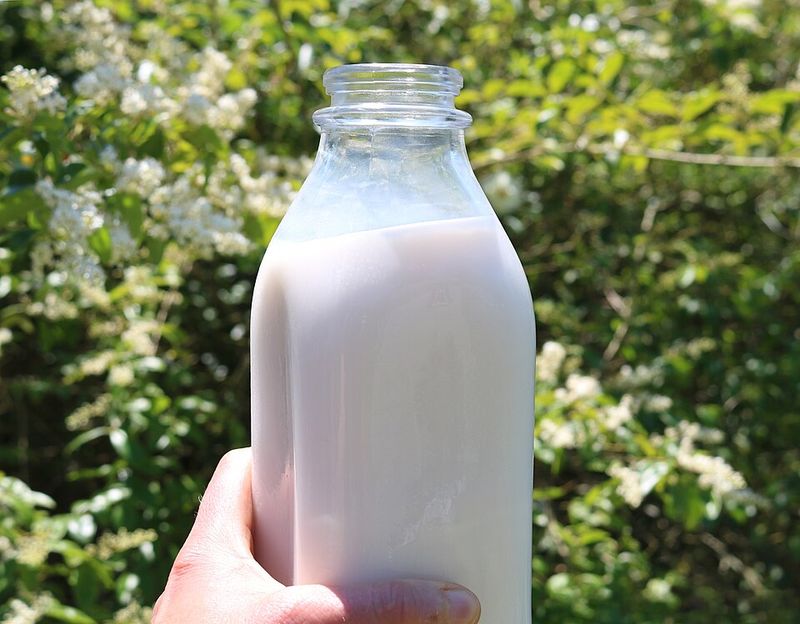
Back in the 1970s, families often picked up fresh milk straight from neighborhood dairies without a second thought. However, health officials soon realized unpasteurized milk could harbor dangerous bacteria like Salmonella and E. coli.
The FDA eventually banned interstate sales across the U.S. to keep people safe. Though some states still allow local sales, the days of carefree raw milk delivery are mostly gone.
Sassafras Tea

Grandma might have brewed this fragrant tea from tree roots dug up in the backyard. It smelled amazing and tasted earthy, perfect for chilly afternoons.
But scientists discovered safrole, the key ingredient, could cause cancer in lab studies. The FDA banned safrole as a flavoring back in 1960, so authentic sassafras tea disappeared from store shelves forever.
Traditional Haggis

If your family loved Scottish traditions, you might remember haggis showing up at special dinners. This hearty dish mixed sheep organs with oats and spices, creating bold flavors.
Unfortunately, U.S. regulators outlawed sheep lung in 1971 due to contamination concerns. Today’s haggis uses modified recipes without the original lung component, just saying.
Sea Turtle Soup

Fancy restaurants once featured this delicacy on their menus, especially in coastal cities. Diners considered turtle soup a sign of sophistication and luxury dining.
When sea turtles became endangered, the 1973 Endangered Species Act changed everything overnight. Chefs had to remove the dish completely, protecting these ancient ocean creatures from extinction through kitchen choices.
Whale Meat
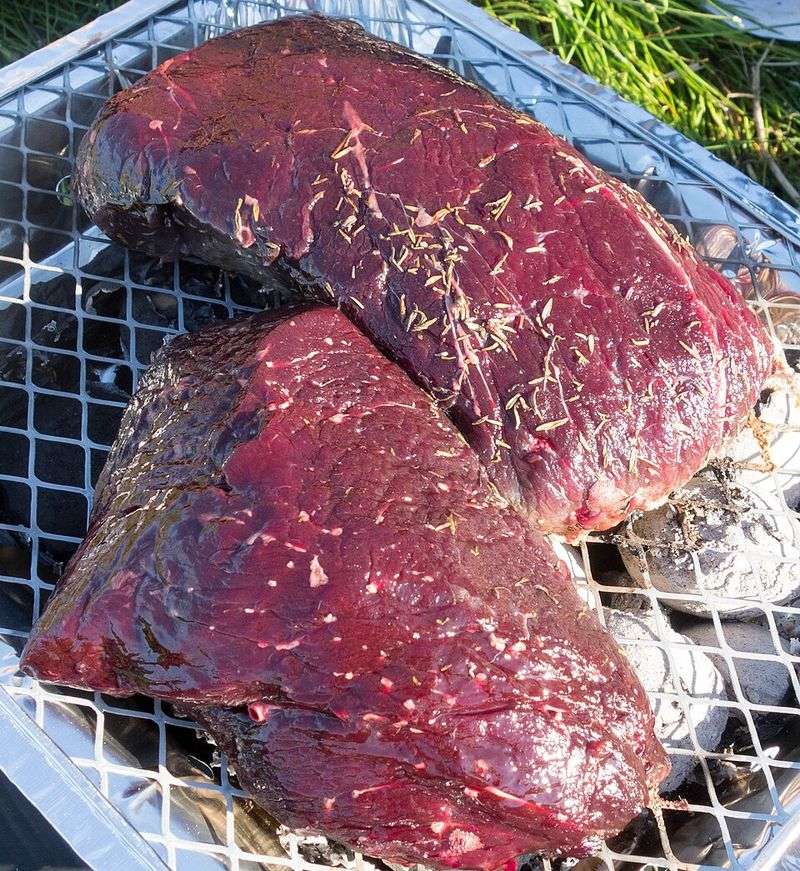
Believe it or not, some coastal cookbooks actually included whale roast recipes in the mid-20th century. It sounds wild today, but hunting whales for food was once considered normal.
The Marine Mammal Protection Act of 1972 ended most hunting and sales in America. Now whales swim safer, and nobody misses having Moby Dick on their dinner plate, right?
Imported Ackee Fruit
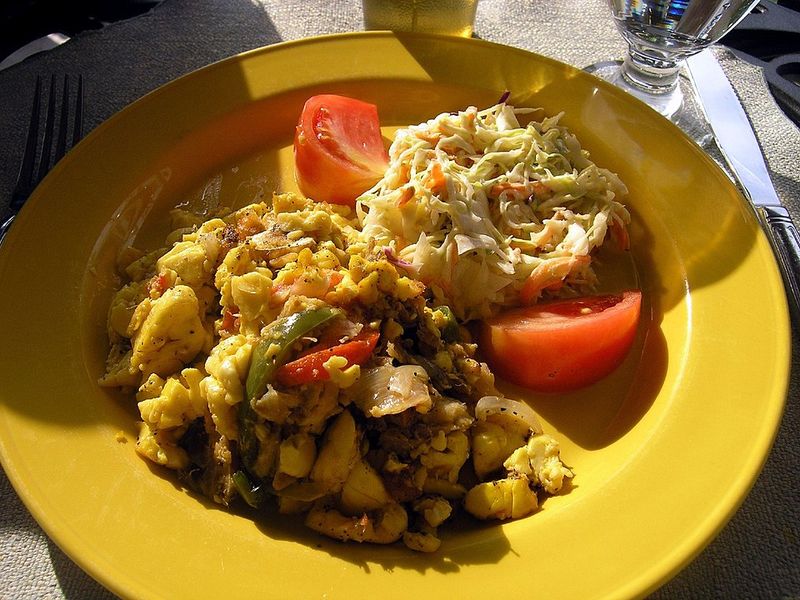
This Caribbean treasure looks stunning with its bright red pods and creamy yellow flesh. Caribbean families knew exactly when to pick it, but timing was everything.
Unripe ackee contains toxins that cause serious illness, so the U.S. banned fresh imports in 1973. Today, only inspected canned versions make it past customs, keeping adventurous eaters safe from mistakes.
Casu Marzu Cheese
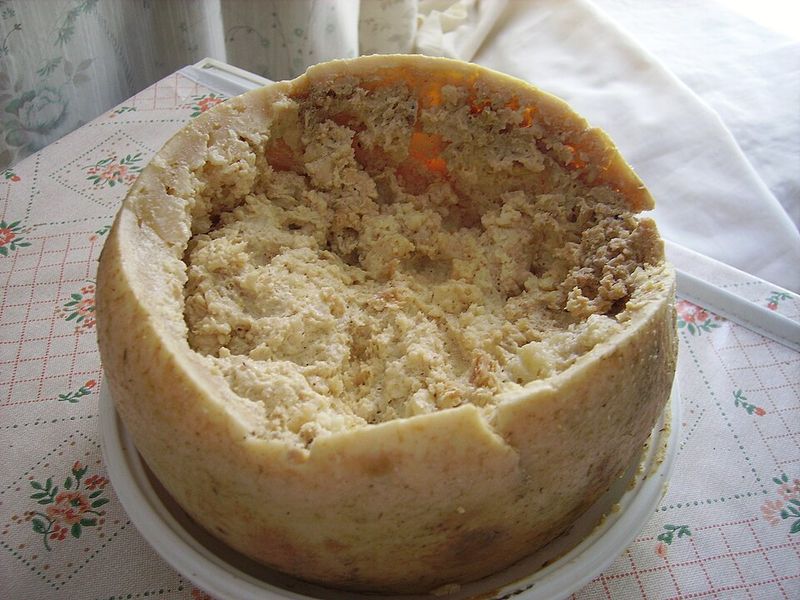
Tourists visiting Sardinia in the 1970s got quite the shock when they spotted this cheese crawling with live larvae. Yes, you read that correctly – actual living bugs!
Locals considered it a delicacy, but health officials saw contamination nightmares waiting to happen. Both Europe and the U.S. banned sales, though some Sardinians still make it secretly for personal consumption.
Lead-Soldered Canned Foods
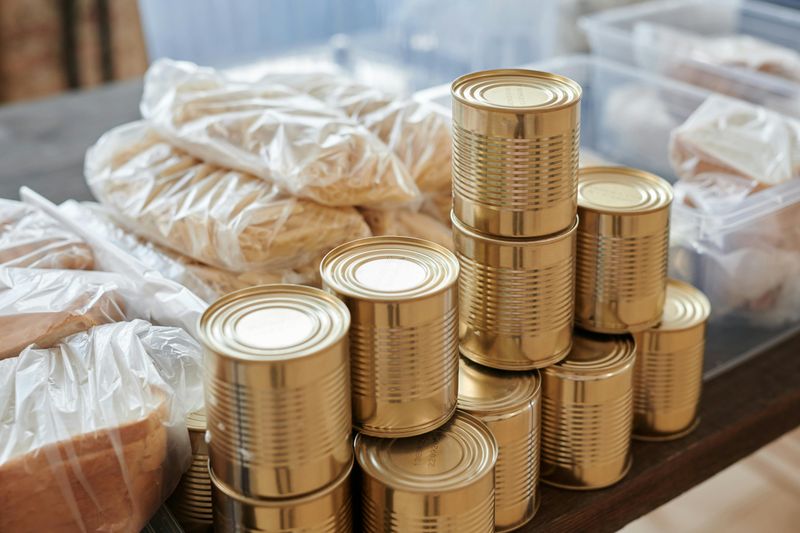
Most families stocked their pantries with canned vegetables, soups, and fruits sealed with lead solder. Nobody questioned the shiny seams running down each can’s side.
Scientists eventually proved lead could leach into food, poisoning families slowly over time. The FDA finally banned the practice in 1995, making modern cans much safer for everyone’s health and peace of mind.
Bright-Red Candied Cherries
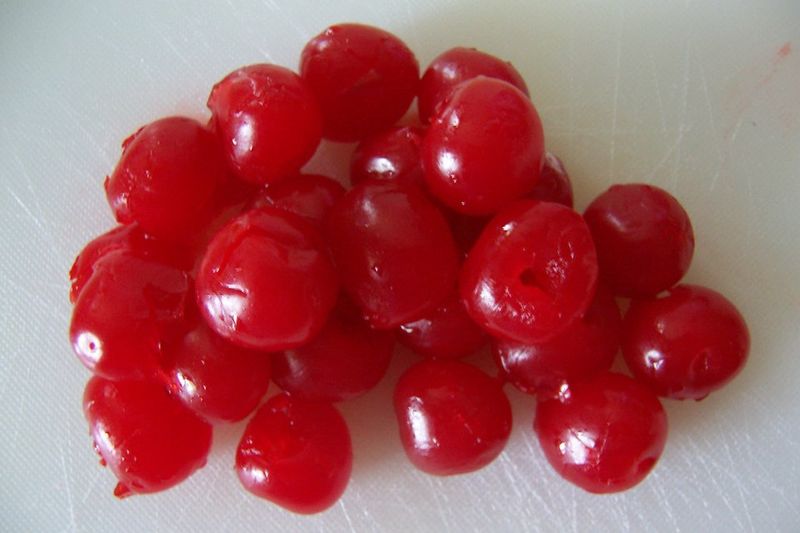
Those unnaturally bright cherries topped ice cream sundaes and decorated fancy cocktails at every party. Kids loved their super-sweet taste and neon glow under kitchen lights.
The specific red dye used back then turned out to be unsafe for human consumption. When the U.S. banned it in 1976, manufacturers switched to new coloring formulas that look similar but safer.
Raw-Milk Soft Cheeses
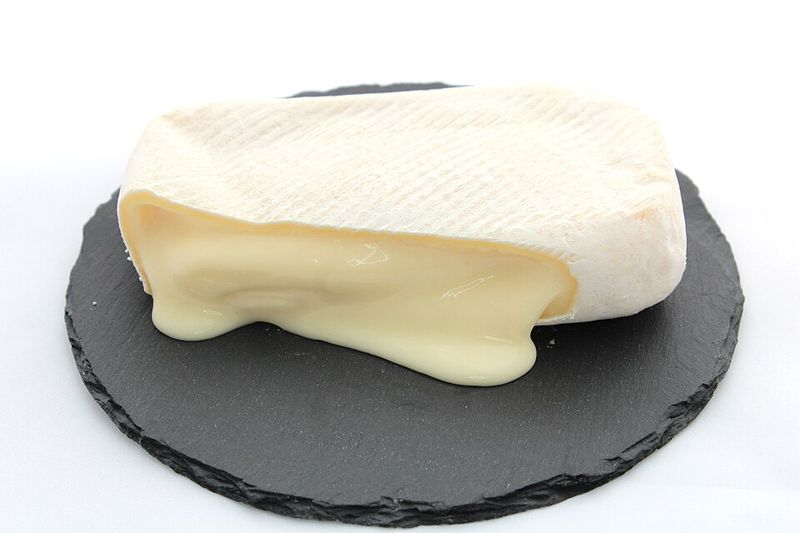
Cheese lovers once hunted down young Brie and Camembert made from unpasteurized milk for their complex, earthy flavors. Gourmets swore nothing else compared to the real deal.
U.S. regulations now require raw-milk cheeses to age at least sixty days before sale, killing potential bacteria. Young, creamy versions from the 1970s became illegal, disappointing cheese snobs everywhere.

